
2024 Difference Between UTV and ATV
, by Mingzhu Zhang, 8 min reading time
Your wheel brand customization expert

, by Mingzhu Zhang, 8 min reading time
If you’re an off-road enthusiast, you’ve probably come across the terms UTV and ATV. These acronyms stand for Utility Task Vehicle and All-Terrain Vehicle, respectively. While they may seem similar at first glance, they serve different purposes and come with distinct features. Let's dive into the exciting world of UTVs and ATVs to explore their differences, advantages, and ideal uses.
The story of ATVs began in the 1960s when they were first introduced as three-wheeled vehicles. These early models were mainly used for agricultural purposes, helping farmers navigate rough terrains. Over the years, they evolved into the four-wheeled vehicles we recognize today, gaining popularity for recreational use as well.
UTVs came into the picture much later, primarily in the 1980s. Initially designed for work-related tasks, UTVs have now expanded into recreational realms, offering a blend of utility and fun. They evolved from simple workhorses into versatile machines capable of handling a variety of terrains and tasks.
ATVs are typically smaller, lighter, and designed for solo riding, although some models can carry an extra passenger. They feature handlebars for steering, much like a motorcycle, and require the rider to straddle the seat.
ATVs usually come with smaller engines compared to UTVs, ranging from 50cc to 1000cc. Their design emphasizes speed and maneuverability, making them ideal for tight trails and quick turns.
UTVs are larger and bulkier than ATVs, designed to carry multiple passengers (typically two to six). They have a steering wheel and foot pedals like a car, and the seats are side-by-side, offering more comfort and safety.
UTVs boast more powerful engines, often ranging from 400cc to over 1000cc. Their design focuses on power and capacity, making them suitable for hauling loads and tackling more challenging terrains.
ATVs are a favorite among thrill-seekers for their speed and agility. They are perfect for trail riding, racing, and exploring narrow paths that larger vehicles can't access.
Beyond recreation, ATVs are also used in agriculture, forestry, and even by law enforcement for patrolling areas that are hard to reach by standard vehicles.
UTVs have become increasingly popular for recreational activities, offering a safer and more comfortable ride. They are ideal for family outings, hunting trips, and exploring wide-open spaces.
In terms of utility, UTVs are unmatched. They are used in construction, farming, and emergency rescue operations due to their capacity to carry heavy loads and multiple passengers.
ATVs are known for their nimbleness. They can quickly accelerate and navigate through tight spots, making them perfect for racing and high-speed adventures.
These vehicles excel on various terrains, from muddy trails to rocky paths. Their lightweight design allows them to glide over obstacles with ease.
While UTVs are generally not as fast as ATVs, they make up for it with stability and power. They can handle moderate speeds while carrying more passengers and cargo.
UTVs shine in rough and rugged terrains. Their larger tires and robust suspension systems enable them to tackle rocks, mud, and steep inclines without much trouble.
ATVs come with basic safety features like handlebars and footrests. However, due to their design, they require more skill and balance from the rider, which can pose safety risks, especially for beginners.
Comfort isn't a strong suit for ATVs, as riders need to constantly adjust their position to maintain balance. Long rides can be physically demanding.
UTVs offer superior safety features, including roll cages, seat belts, and sometimes even airbags. This makes them a safer choice for family outings and group adventures.
With cushioned seats, ample legroom, and easy-to-use controls, UTVs provide a more comfortable ride. They are designed for longer trips without causing rider fatigue.
ATVs generally have a lower upfront cost compared to UTVs, making them more accessible for enthusiasts on a budget.
Maintenance for ATVs is relatively straightforward but frequent. Regular checks and servicing are necessary to keep them in top condition, especially if used in rugged terrains.
UTVs come with a higher price tag, reflecting their larger size and enhanced features. However, their versatility can justify the investment for those who need a multi-functional vehicle.
UTVs require more intensive maintenance due to their complex systems and larger engines. Regular professional servicing is recommended to ensure longevity and performance.
Licensing requirements for ATVs vary by region. In many places, riders need to obtain a special permit or complete a safety course before hitting the trails.
UTVs often have stricter licensing regulations, especially if they are used on public roads. Drivers may need a valid driver's license and vehicle registration.
ATVs, with their smaller engines, typically have a lesser environmental impact compared to UTVs. However, they can still cause soil erosion and disturb wildlife if not used responsibly.
UTVs, being heavier and more powerful, can have a more significant impact on the environment. Their use needs to be managed to minimize damage to natural habitats.
Popular ATV brands include Yamaha, Honda, and Polaris. Models like the Yamaha Raptor and Honda FourTrax are renowned for their performance and reliability.
For UTVs, brands like Can-Am, Polaris, and Kawasaki dominate the market. The Polaris RZR and Can-Am Maverick are top choices for their robust capabilities and innovative features.
ATV enthusiasts often customize their rides with performance parts, protective gear, and aesthetic upgrades like custom paint jobs and decals.
UTVs offer extensive customization options, from adding extra seats and storage compartments to installing advanced GPS systems and winches for off-road adventures.
ATVs appeal to a broad range of users, from young adults looking for thrill rides to professionals needing a reliable work vehicle for tough terrains.
UTVs attract families, outdoor enthusiasts, and professionals in various industries due to their versatility and safety features.
Pros:
Cons:
Pros:
Cons:
Future trends for ATVs include the development of electric models and advancements in safety features. Manufacturers are also exploring more eco-friendly designs to reduce their environmental impact.
UTVs are seeing innovations in automation and smart technology, including self-driving capabilities and advanced navigation systems. Electric UTVs are also on the rise, offering a quieter and more sustainable option.
Choosing between a UTV and an ATV depends largely on your needs and preferences. ATVs are great for those seeking speed and agility on a budget, while UTVs offer more comfort, safety, and versatility for a higher price. Whether you're into recreational riding or need a reliable vehicle for work, understanding the key differences between these two types of vehicles can help you make an informed decision.
What is the main difference between a UTV and an ATV? The main difference lies in their design and intended use. ATVs are smaller, single-rider vehicles designed for speed and maneuverability, while UTVs are larger, multi-passenger vehicles designed for utility and comfort.
Which is better for recreational use, a UTV or an ATV? It depends on your preference. ATVs are better for solo riders who enjoy speed and agility, while UTVs are ideal for group adventures and offer more safety and comfort.
Are UTVs more expensive to maintain than ATVs? Generally, yes. UTVs have more complex systems and larger engines, which require more intensive and frequent maintenance compared to ATVs.
Can you use both UTVs and ATVs on the same terrains? Yes, both can handle a variety of terrains, but ATVs are better suited for narrower trails and quicker maneuvers, while UTVs excel in rugged and open areas.
What should I consider when choosing between a UTV and an ATV? Consider factors like budget, intended use (recreational vs. utility), passenger capacity, and the types of terrain you'll be navigating. Safety features and comfort should also play a significant role in your decision.
Share information and details about these products


$140.00 USD


$140.00 USD


$120.00 USD$0.00 USD


$160.00 USD
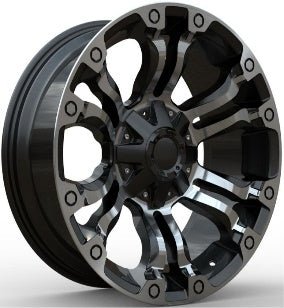

$140.00 USD


$140.00 USD


$140.00 USD


$140.00 USD


$160.00 USD


$160.00 USD


Out of stock
$160.00 USD


$160.00 USD
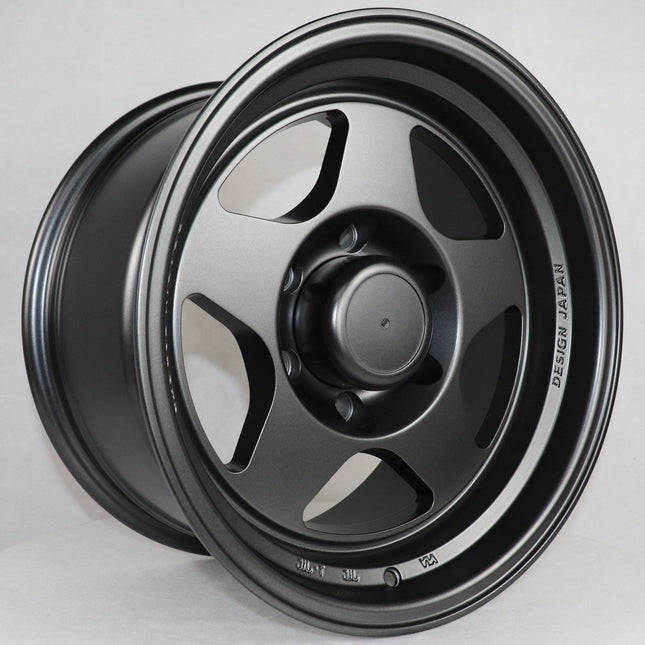

$140.00 USD


$160.00 USD


$140.00 USD

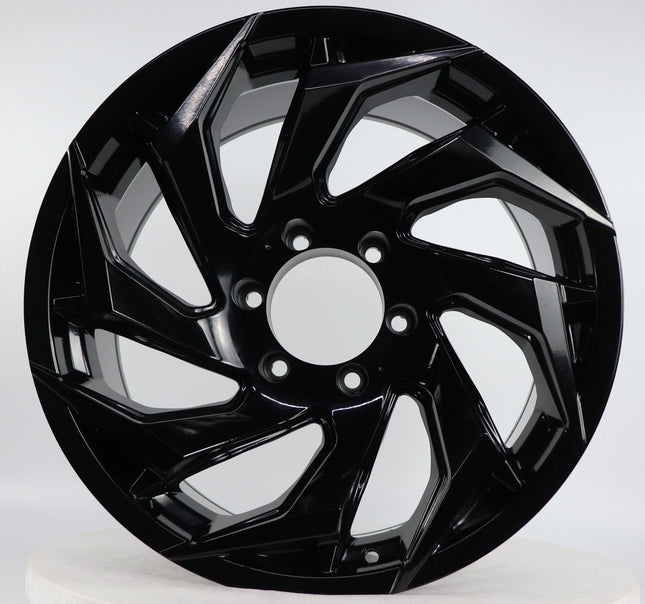
$180.00 USD


$160.00 USD


$160.00 USD
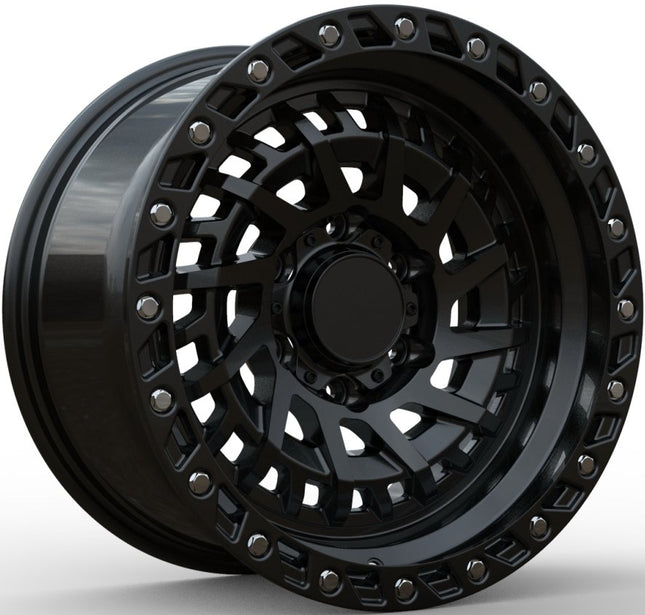
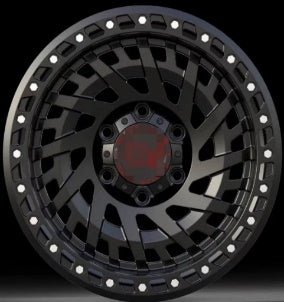
$160.00 USD

$220.00 USD


$220.00 USD


$180.00 USD


$220.00 USD


$180.00 USD


$140.00 USD


$160.00 USD


$140.00 USD


$140.00 USD


$140.00 USD


$180.00 USD
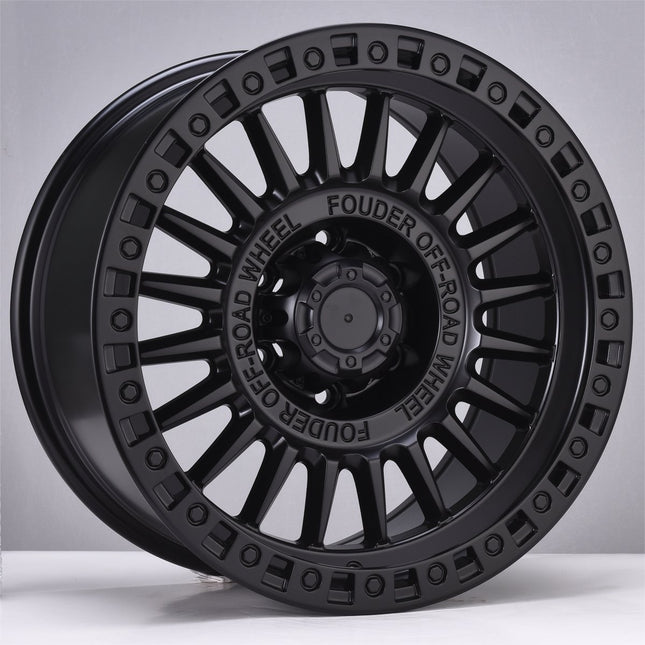

$160.00 USD

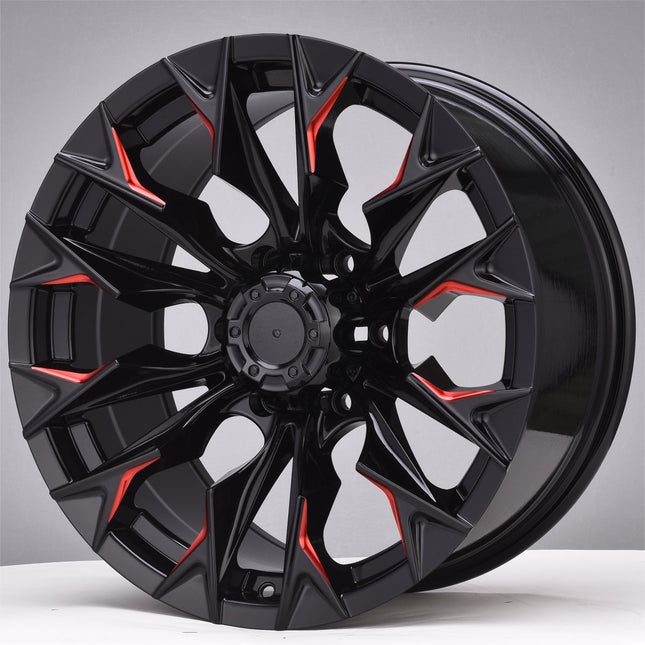
$140.00 USD

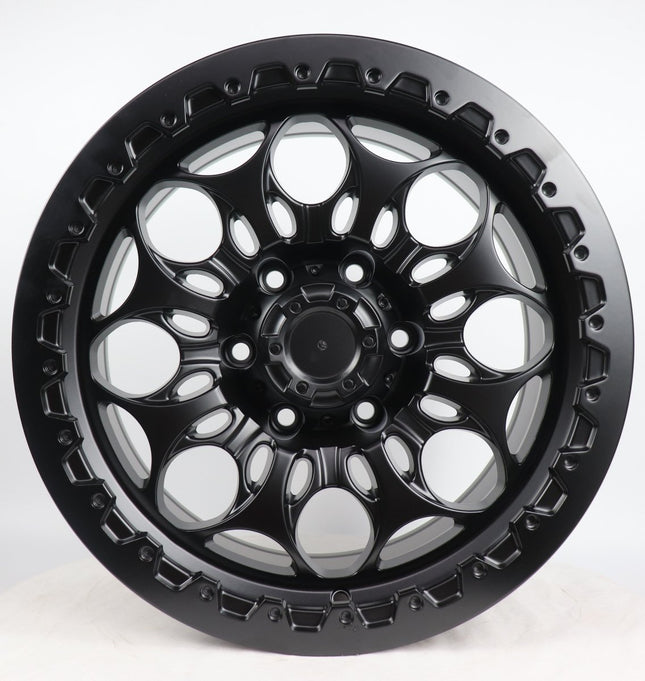
$160.00 USD


$140.00 USD


Out of stock
$160.00 USD


$140.00 USD


$160.00 USD

$160.00 USD


$160.00 USD


$160.00 USD


$180.00 USD